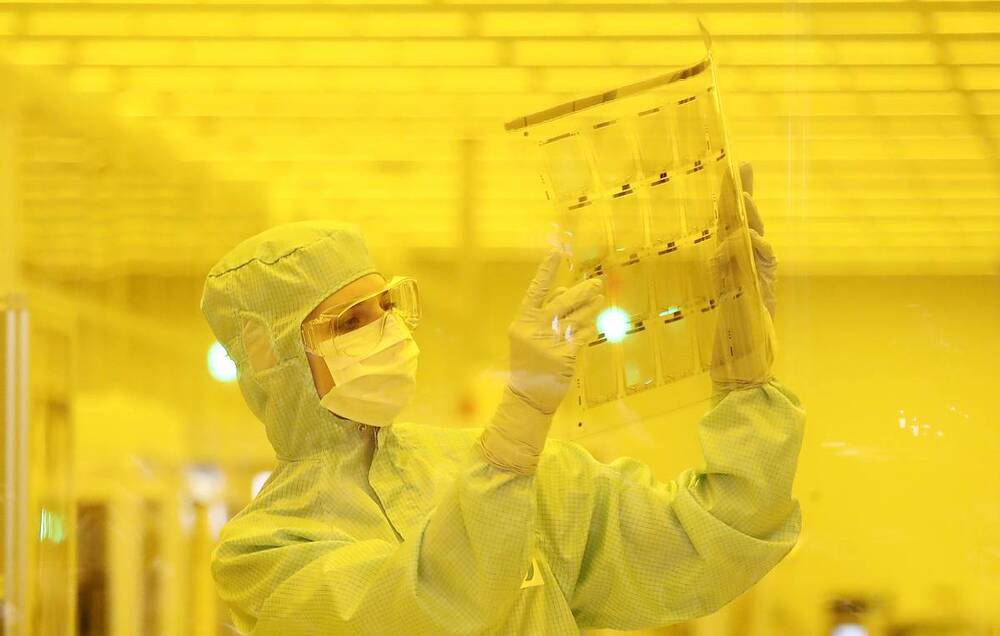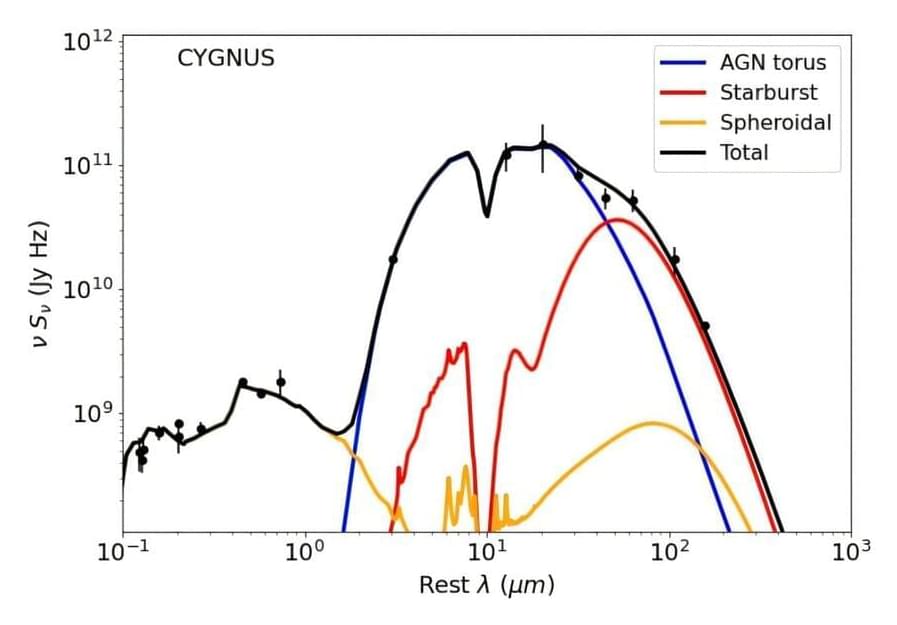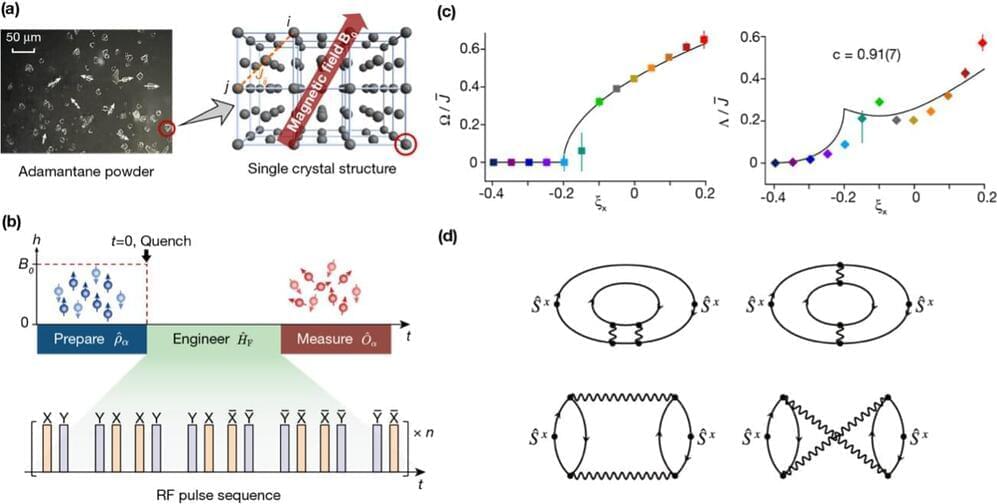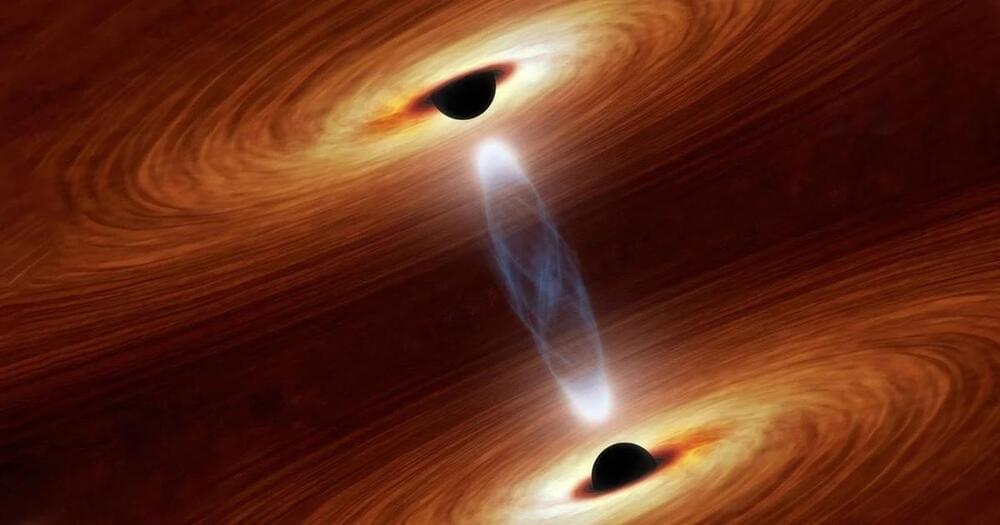
A new method for studying the behavior of multiparticle systems relies on a simple “head count” of particles in imaginary boxes.
One way to characterize the interactions in a bacterial colony or a polymer mixture is to trace the path of individual particles through the system, but such tracking can become difficult when the particles are indistinguishable. Researchers have developed a new method that extracts particle dynamics from a simple counting of particles in imaginary boxes of adjustable size [1]. They demonstrated this “countoscope” strategy in experiments with small plastic spheres moving around in a liquid. The measured rate of diffusion was different for different sized boxes, which revealed particle clumping. The countoscope’s ability to identify such collective behavior could one day help researchers understand the mechanisms that cause bacteria and other life forms to group together.
Biologists, chemists, and soft-matter physicists often study many-particle systems in which the particles shuffle around each other in a “random walk.” A useful measure of this behavior is the diffusion constant, which describes how fast an individual particle moves. A measurement of the diffusion constant can tell a biologist whether cells are healthy or sick, or it can tell a chemist how fast a molecule will move through a gel in a chemical-analysis device. The diffusion constant is typically determined by following the path of a single particle in a video recording. This trajectory reconstruction becomes difficult, however, when the particles are numerous and all look the same, says Sophie Marbach from Sorbonne University in France.


















